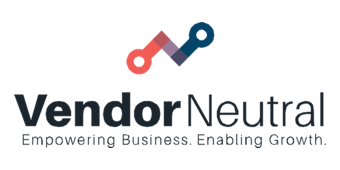
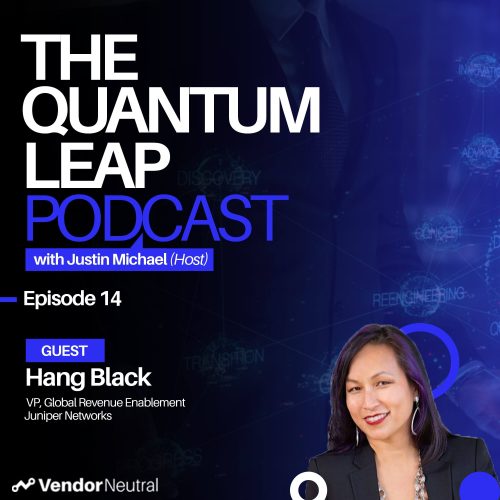

A look into the future of Sales Enablement. It includes revenue, sales, marketing and leveraging sales technology
Episode 14 -
Hang Black
VP Revenue Enablement, Juniper Networks
Read Full Transcript
What’s the future of Sales Enablement? It includes Revenue, Sales, Marketing, and leveraging sales technology
The future of sales enablement and revenue enablement includes leveraging technology, consolidating your sales tech stack and removing the glass wall between sales and marketing. Listen as guest Hang Black, shares her thoughts and discusses ideas from her book “Embrace Your Edge” on ways to uplift immigrant women in the workplace. For more information about the book visit www.hangwithhang.com
Justin Michael Welcome back to Vendor Neutral’s Neutral Zone, Quantum Leap Podcast, I’m your host, Justin Michael, doing my best William Shatner impression. And today we have Hang Black, who is a VP of Global Revenue Enablement for Juniper Networks. And excited to have you on the show.
Hang Black Thank you for having me.
Yeah, welcome and happy holidays. Well, I’m really excited to speak with you about the future of [00:00:25]sales enablement and revenue enablement [2.6s] and even why we’ve moved from that distinction in title. Can you tell us a little bit about your background and about that phrase?
Hang Black Absolutely. So my background, I’m a chemical engineer by background, and I spent almost 10 years in engineering, almost 10 years in marketing, and almost 10 years in sales. Gives you a little window into my age, but I’m hoping that you’ll see it more for the breadth of experience. Enablement as a job role has existed for about 30 years or so, but it’s changed quite a bit. It used to be all around technical product training and then it became more about delivering assets and communication and information to sales people. But are those salespeople or SE’s oftentimes it was one audience or the other. Now what you’re seeing is a move towards making sure that if we’ve already got the voice of the customer in mind, then my role services anyone who is customer facing and bringing in revenue. So that’s sales, that’s SE’s, that’s our partner account managers, our external partner community, who we see is an extension of Juniper’s community and also our services side. So it’s much, much more than sales enablement or technical training. It’s all of the above, all inclusive of all revenue.
Justin Michael That’s a great description. I’ve even seen companies move from on a product level, conversational intelligence to revenue intelligence because there’s more of a full funnel marketing attribution approach. I’m really curious about how you’re [00:02:04]leveraging technology [1.5s] in your role. A lot of what we’re talking about on the Quantum Leap is the distant future, but the next couple of years are pretty exciting. What are you focused on? We’re going to maybe break it down to three areas. People, process and technology. What’s exciting? What are you working on as you look to the next 12 to 24 months to kick off the 2021’s?
Hang Black Absolutely. I think of the sales enablement role as part of our job is looking around corners. So I follow market trends and market data very, very closely. We did a podcast recently with Mary Shea from Forrester and we were going over data that’s been around for the last two years. In-person sales meetings were declining. The roles between inside sales and commercial account managers are starting to bleed and collapse. These are trends that have been happening. So even before COVID, I was already working towards creating a much more digital and virtual world and meeting our customers where they already are. And I find it interesting because people will often look back and say, well, we’re waiting for the normal to come back or or this is the next normal. It is not, this is not the new normal. Normal will always change. The only thing constant is change. So what do we need to plan for? If I look at twenty, twenty one and forward, I do believe that we will come back in person in some fashion, not the full blown way we’ve been doing it. So we won’t return quote unquote back to normal. But we will need to have more flexible spaces, more flexible communication. But any innovation will continue to, innovation and collaboration will continue to need to be face to face. What does that look like? Well, we still may have a lot of Zoom calls, but the Zoom calls may have 10 people on one end. So you’ve got, you know, tens of people in one room in multiple locations rather than everybody in Ireland, let’s say. So how do we meet our customers? People wise that’s what I think is going to I think it all blends together. People wise people still buy from people. We still need to stay connected with each other, whether it’s in person or virtual. I think it’s going to be some sort of hybrid and it is probably going to depend on who you’re talking to in the food chain. As far as processes we are looking at very much modernizing both our cadence and our technology. What does that mean? Cadences where we’re emailing and phoning people. It’s going to be less and less. We’re going to be meeting people in the digital space where they are researching a lot more on LinkedIn, a lot more on social. We are going to be a lot more respectful of how people want to communicate. I actually tell people if they call me three or four times and I continue to not answer, don’t call me anymore, because by the time you hit me on LinkedIn, I’m already pissed off at you for not respecting how I want to be met. Are you using warm introductions? Are you using sales tools? Sales managers, for instance, if I look at [00:05:10]technology stack, [0.5s] what is the most efficient use of their time? People tend to go to where the fun is. Do I want all of my sales managers to be sitting on sales calls and deals that are going to win anyway? Probably not. Do I want them to be using Colin Tudge Intelligence, Revenue [00:05:27]Intelligence, A.I. to [1.6s] kind of bring about the word clouds of what’s working, what’s not working, analyzing that with the various teams? That’s probably more efficient use of their time to bring up the middle. So there’s a lot around modernization [00:05:43]and ineffective use of sales technology. [2.4s] I also think a lot of the [00:05:47]sales stacks [0.3s] you guys at Vendor Neutral, would know, too many tools out there and every one serves one discrete function. I would want to see more of a collapse. I do want some of the bigger fish merging with the smaller fish because we’ve just got to make it easier on our sellers. I can’t afford to have eight hundred tools on my cell phone.
Justin Michael Yeah. So there’s some great nuggets and takeaways there. One is a C level executives is not responding. What did you try to warm interest? Did you see who you know? Just continue to buffet them with more and more insights. Might not be the way to go so that I was like a really a golden nugget there for how you prefer to be contacted. Secondarily, the [00:06:28]consolidation of tools [0.9s] is huge, right? I read somewhere like in the Martech stack, the average enterprise is ninety one tools, so there has to be consolidation. And that takes us to this new word that keeps floating around. And I’d love your perspective on it, which is [00:06:42]revenue operations or rev ops. [1.6s] You know, there is sales ops, there is marketing ops and you’re seeing probably the word in the category. What’s your take on that? And where is that confluence of sales, marketing and operations going in the world as you look at it?
Hang Black I think it’s a really smart move. You know, wherever we can remove the conflict between marketing and sales, the more we can remove that conflict, the better. Not to say that we shouldn’t have some healthy tension in there. So we’re still challenging each other’s perspectives. That’s great. But when they’re siloed, there, it causes a lot of siloed thinking. So I see just as sales enablement at one point in time lived under marketing and then it moved under sales. But part of my job is to translate English to English, you know, and having that deep, deep connection and respectful connection with my marketing peers. So now we’re seeing much more of of a holistic revenue enablement. I see the same thing [00:07:45]with revenue operations [0.6s] where we’re removing that glass, that glass wall between sales ops and marketing ops. Where does one end and the other begin? If it’s all in one engine? So you have a revenue operations engine separate to a revenue enablement engine. There could be a lot of power in that because now we’re not we’re keeping the swim lanes separate, but we are removing the siloed thinking of the individual, the individual pieces of the organization, if that makes sense.
Justin Michael Yeah, it makes a lot of sense. So even the concept of enablement, to enable, to empower, to motivate, to get people excited, there’s been some shifts there probably in doing this remotely. And there’s some, the role [00:08:36]of sales enablement [0.5s] as a category has been more celebrated recently. I think of, you know, Sales Enablement Society. People are starting to build an enablement practice inside a corporation, inside a company where this used to be one person or book or an idea. It’s becoming a discipline. Are you seeing there is a trend to that the companies are investing in this and growing this?
Hang Black Absolutely. And I, I would say I think it started taking off around two thousand fourteen in that in that area where it started to really take off. And listen, I started an enablement practice from the ground up with one person and it was really, really hard. That being said, it also gave me the ability to to build from scratch. So, you know, that was really powerful. Industry best practices is and this will be what surprising, industry best practice is one enablement person per 75 to 100 revenue generating. I don’t want to say sellers because they’re also in services any revenue generation audience that they serve. So, for instance, I serve about two thousand people in sales and two thousand people in services. I’m still, I tend to run lean, but it tells you, you know, it’s a significant piece of organization. That being said, if your one enablement head, can generate, can help generate 10 percent more revenue across that seventy five to one hundred people, very, very well worth it. So I. We need to start looking at enablement people not as overhead, but as multipliers.
Justin Michael Yeah, that’s a really great point. Wow. So, yeah, getting those ratios right and how do you balance the time to serve an audience of that size and some of this e learning self-paced building programs, bringing in speakers and motivators like it’s an interesting organizational design.
Hang Black Yeah. And I have to admit that I probably walked into a much more complex portfolio design than I had expected, but that’s OK. It makes my job fun. But think about Juniper Networks. We have three segments, SP, Hyper Scaler and Enterprise. Then we have multiple geos. We’ve got America’s OMEA, Emerging and APAC and then we’ve got all the individual seller personas inside, SDR’s, Inside Sales, PAM’s and all the various different types of account managers and technical sellers, and in services roles, probably services roles are probably our most complex organization. You have to be very, very targeted. And so, you know, we are very thoughtful about what enablement do we deliver that is global to everyone and what enablement do we deliver that is specific to personas? So we have to manage through on-demand absolutely required. And then we also have to have the right amount of in person for both our internal audience and external audiences. So it can be very, very complex and it needs to be very well thought out.
Justin Michael It yeah, that’s fantastic. I also just to segway. I know you’re writing and releasing a book which is really exciting too. So you’ve been working in the areas of enablement and empowerment. I’d love to tell the listeners about that project as well.
Hang Black Absolutely. It’s a passion project of mine that’s been rolling around in my head. And I kind of think of with my specific background, I think of adversity as an opportunity. Crisis is my jam. You know, having lived an adverse life, when everybody else is disoriented, you know, that’s when people with diverse backgrounds really, really shine because they’ve been navigating in the dark their whole lives. So, yeah, COVID sucks. I’ve never been more simultaneously bored and busy. And so, what am I going to do? I’m going to take the opportunity from it and spend the time to write a book. What is the book about? It’s specifically about how we uplift immigrant women in the workplace. There’s a unique set of skill sets there. When we look at best talent, are we all looking through the same lens? Are we looking for the best universities, the best direct experience? What if those people who are really, really great didn’t have those opportunities? I specifically look for diversity in thought. I look for grit and I look for potential. Yes, that does often come with those Ivy Leagues that are really, really hard to get into. But there are other colleges that are really great. And when you interview the person, if we really think about best talent, I, I challenge people to think about their definition of best talent.
Justin Michael Yeah, I was lucky enough, privileged enough to work for LinkedIn and Salesforce, I actually did not go to college, which is rare. But at the time, both LinkedIn and Salesforce were opening up to kind of the meritocracy of just, well, it is sales. So what is what is your aptitude and what have you sold type of mentality. So I think that’s phenomenal. I’ve also seen studies that diversity in and of itself increases all the metrics, revenue, profitability, morale. It’s good across the board. So I’m excited to see you working on those initiatives and releasing some of the content teasers to social media. What inspires you as a, you know, a business person and as a writer? You know, for people who are looking to advance their career, reach your level, it’s always kind of cool to hear on a personal, professional level the inspiration.
Hang Black Well, I think of David Sedaris. He says, I feel sorry for people who can’t write, because if you’re going through something difficult or funny or amazing, where do you put that if you can’t write? I’m sure everyone has their different talents, but I feel very fortunate that happens to be a passion of mine. As far as what inspires me, I think people striving inspires me. People who have courage inspire me. And I love having conversations with people and having one or both of us come out of the conversation going, you made me think differently. And that’s why I again am so passionate about having diversity. In any team that I’ve been on I typically hire for very diverse talent. And I will call on in a room, I will call on the minority in the room, whoever that is. If I’m in a room of men, I’ll call on a woman. If I’m in a room of women guess who are quiet, the men, you know, it’s just and I call on the people that are fewer in the room because they’re not quiet, because they’re timid, they’re quiet because they’re being judicious. And how insightful is it to listen to their perspective? They are going to be the least susceptible to groupthink. And they’re also the ones actually listening and not waiting to talk.
Justin Michael That’s profound. We could go a lot deeper on that subject, I think part of the fun is to mentor and like is I don’t know if that’s an OK internally at Juniper Networks, if you have a mentoring and reverse mentoring or if it’s something you do externally. But I’m getting asked that a lot in the groups that I participate in is like, you know, how could I become a VP someday or go out and be a consultant someday. And so how does your world touch on mentoring? How do you look at that?
Hang Black I actually look at four roles in connection and influence. First of all, meritocracy. Works for a while, and then we fall into this complacent thought process that meritocracy works equally for everyone, that’s actually just not true. I did very well until I didn’t until I hit the you know, I hit the wall and it was because I refused to network. I thought it was icky. I thought I would want to go take a shower if I had to work my net. What I discovered after a lot of self reflection, I was doing it because I wanted to work my way up the hard way because I thought I was that good and in actuality, I was only that arrogant. [00:17:36]You have to form connections. [1.4s] What do those connections look like? I put I think of them in four categories. Mentorship, sponsorship, here are the more interesting two at this moment in time, I think it’s [00:17:52]allyship and role modeling. [1.1s] The reason is there’s been a lot of work over a lot of very, very good work over the last decade or so around mentorship and sponsorship. Mentorship is much more friendly. It’s conversational. I find mentors everywhere, people above, below and around me. And sponsorship is really important because there are people who are harder to access and who garner more influence. You’re probably not going to share a glass of wine and in tears with with your sponsor. OK, but it’s important to have them because they’re the ones that are going to be your advocate with the people who matter when you are not in the room. So it’s important that they not only know you, they not only know what you’re capable of, but they also know it’s important for people of power to know what you do. So it’s not who you know, what you know, it’s who knows what you know. Those are not mentors and sponsors, however, that still puts a lot of onus on the individual. I think we have this special moment in time where we had all these unnatural divisions in our society that we’ve been living through the last few years, and it’s time to heal. The only way we can do that is to transform a class, an entity. In order for us to make a movement, we need allies and sponsors I’m sorry, allies and role models. Why is that? No social transformation has happened without the majority in power reaching down to help the minority class come across. The civil rights movement would have absolutely failed without a JFK. The abolishment of slavery would have failed without Abraham Lincoln. Role models are also important, are we uplifting the diverse population? If you have a brand new VP who’s a woman or a person of color or both, you should promote that because they are a role model and we don’t have enough of them. So role models are important because I would also argue the civil rights movement, JFK would not be successful without an MLK. The abolishment of slavery would not have occurred without the writings of Frederick Douglass. When we look at all the accomplishments of RBG. You know, rest in power. We cannot demonize white men, there were nine white men on the courts while she was promoting women who sided with her and voted with her. So in that way, minorities can also be allies for the majority. So that’s really, really important. And I think that’s where we need to go.
Justin Michael That was so incredibly eloquent and I really appreciate you sharing that with the audience. You know, I’m a big proponent of equality and egalitarian systems, unfortunately, Tony. Tony Hsieh, I hope I pronounce it right. Is it Hsieh?
Hang Black Zappos?
Justin Michael Yeah. From Zappos. I’m always catching myself and correcting myself because I care about these things. But, he had the idea of holocracy, which I thought was always wild and he had some really interesting things. I don’t know if he was an inspiration, but how to design these organizations, these, you know, sometimes bureaucratic and sometimes traditional and then novel. And you’re in a leadership position where you can think about these things thoughtfully and maybe experiment to some degree. But what are your thoughts on organizational design? What motivates people? Is it small pods of people? Is it breakout groups? Is it Zoom rooms like how are you keeping the people motivated and self actualized in your organization?
Hang Black I’m going to give you a cop out answer that’s true. When people give me options, I always tell them all of the above because we have to we really have to tailor, you know, humans are individuals. Some people, and this goes back to sales methodology. Do you email someone, phone them, hit them on LinkedIn? Do you walk to their house and knock on the door? Depends. What is?that person’s style. What I will say, though, in [00:22:24]organizational design, [0.7s] we have to look at representation, but the journey doesn’t end there. Inclusion in the room does not equate to equality. We need to make sure not only do we have those positions in power, sure, you can promote someone out of tokenism, but are, do we have representation in the inner circles? Like, let’s be real. Let’s be real. Real. Every executive has an inner circle. Is that inner circle diverse? And if you, if it’s not, is it because other people don’t have the title? That’s OK. Soften your requirements to bring someone in, I’m the same human being I was 10 years ago, I had the same thoughts that I did 10 years ago, albeit more of them, and probably a little bit more evolved. But if I had had the opportunity to be in the room, I definitely could have helped move the needle better for organizations around diversity. But you have to have an invitation and once you have an invitation, you have to have a voice. We can’t just stop with inviting people to the room. We have to give them a voice once there, once they’ve got a seat at the table.
Justin Michael Very interesting. Now, sixty four million dollar question. I know Sheryl Sandberg in the Lean In thing. Right. I’m curious your take and you could always pass on that question too.
Hang Black Part of what I write in my book is we have to honor our trailblazers. Sheryl Sandberg is a human being. She started an amazing conversation, was it complete? Probably not. Minda Hearts wrote a fantastic book. She, her target audience was even slimmer. It’s not just women in the workplace. It’s minority women. My group is even smaller. It’s immigrant women. Does that mean that a white man is not welcome to read my book? Absolutely not. You know, I welcome all audiences. Are any of us going to be perfect? No. But people who are brave enough to open the conversation, we should honor them. We have to [00:24:30]honor our trailblazers [0.5s] rather than picking them apart, because otherwise, who’s going to do it?
Justin Michael Right on. That’s fantastic. So, well, anything else you want to cover on this episode? I feel like we’ve taken this great run from the future of enablement technology to civil rights to empowerment. How can people really interact with you, get in touch with you? We already know common connections, a good way to get introductions. So please don’t spam Hang.
Hang Black Yes.
Justin Michael But yeah. How do? Tell them. Tell us more about the book so people can support or different communities that you’re involved in where they can kind of interact with you and learn more.
Hang Black Absolutely. My book is planned for January 20th, 2021 and it will be on Amazon hopefully that day. I think we’re still marching towards that date. I am most prolific on LinkedIn, although I try not to create too much traffic, but I am leaking an excerpt of one chapter a week follow Hang with Hang on LinkedIn. We’re going to start on Instagram with Hangu underscore with underscore hang on Instagram soon. So, I would say follow me there and connect with me and we’re probably going to run a raffle for the first hundred people who engaged on that on the day of book release to have to kind of be invited to a celebration with the author.
Justin Michael That is awesome. That’s a lot of fun. Well, thank you for being on Quantum Leap Vendor Neutral in the Neutral Zone Show with many names. And I would love to have you as a guest again. And thanks for all the good work that you’re doing and being the change that you wish to see in the world. Good, good. Gandhi quote, take us out and have a happy holiday.
Hang Black Absolutely. Thanks for having me.
To get started building your optimum sales technology stack, try our Sales Technology Selector. We’ll provide you with a customized report identifying the sales technology solutions that meet your needs. Already know the category of sales technology you need? Use our Certified Sales Technology profiles to find all the details you need to make a decision about which solution is the best sales technology for your organization.
Interested in hearing more Quantum Leap Podcast Episodes?
-
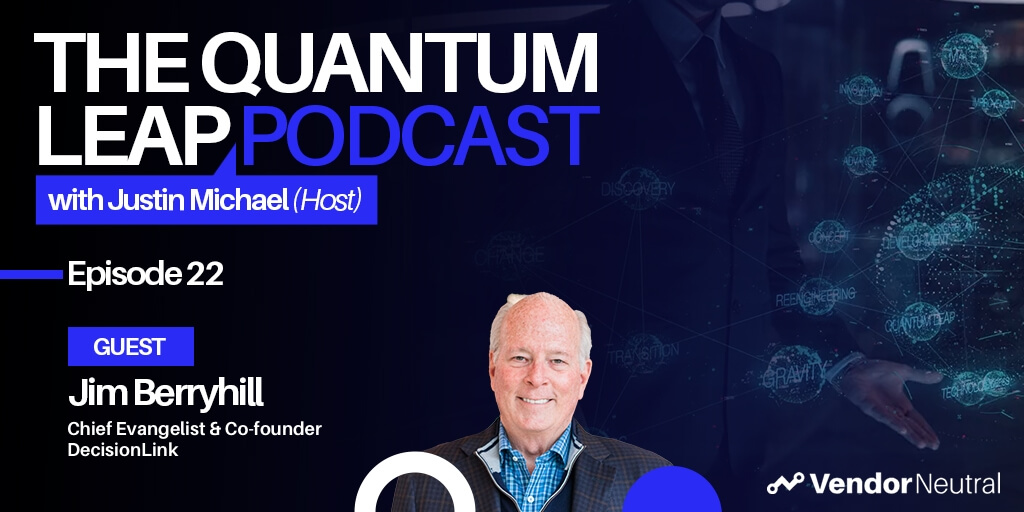 4 Opportunities For Massive Growth In Customer Value Management4 Opportunities For Massive Growth In Customer Value Management
4 Opportunities For Massive Growth In Customer Value Management4 Opportunities For Massive Growth In Customer Value Management -
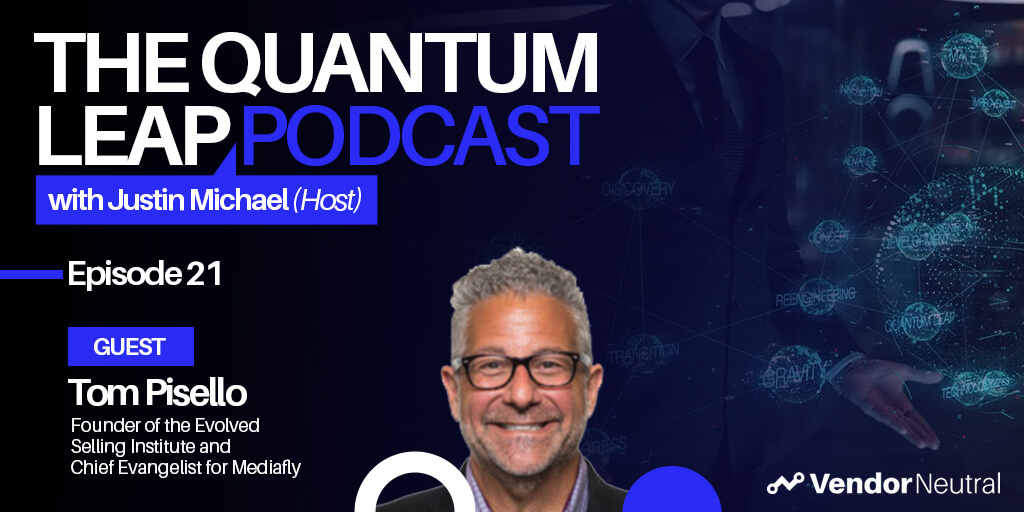 Closing the Customer Engagement Gap | Showing A Clear Case of ROIClosing the Customer Engagement Gap | Showing A Clear Case of ROI
Closing the Customer Engagement Gap | Showing A Clear Case of ROIClosing the Customer Engagement Gap | Showing A Clear Case of ROI -
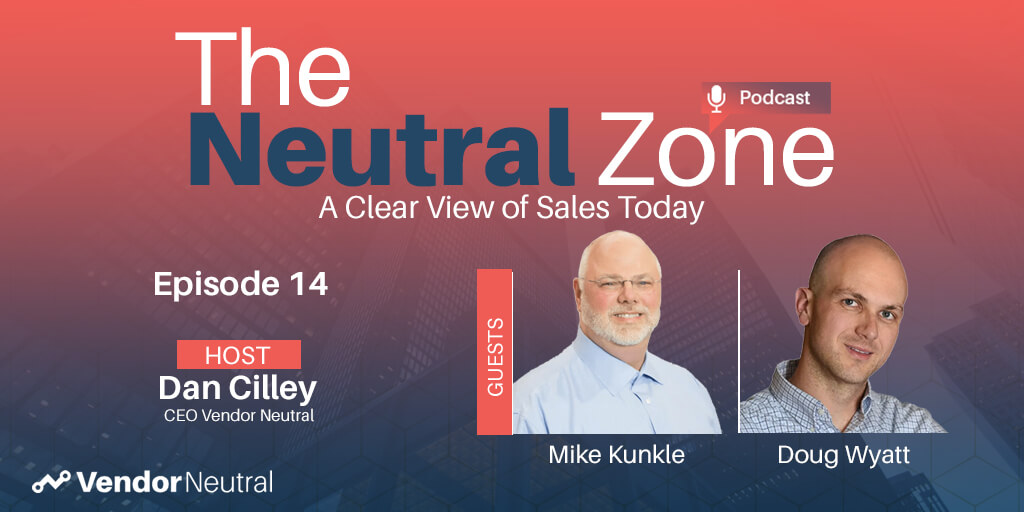 Buyer-Centric Selling | Modern Sales Foundations Virtual Sales TrainingBuyer-Centric Selling | Modern Sales Foundations Virtual Sales Training
Buyer-Centric Selling | Modern Sales Foundations Virtual Sales TrainingBuyer-Centric Selling | Modern Sales Foundations Virtual Sales Training -
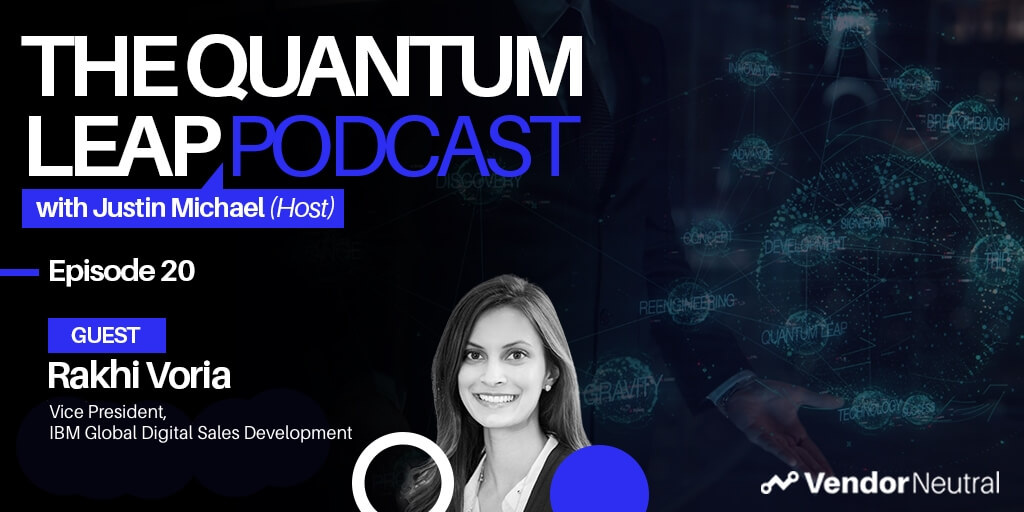 Biggest Trends in Digital TransformationBiggest Trends in Digital Transformation
Biggest Trends in Digital TransformationBiggest Trends in Digital Transformation -
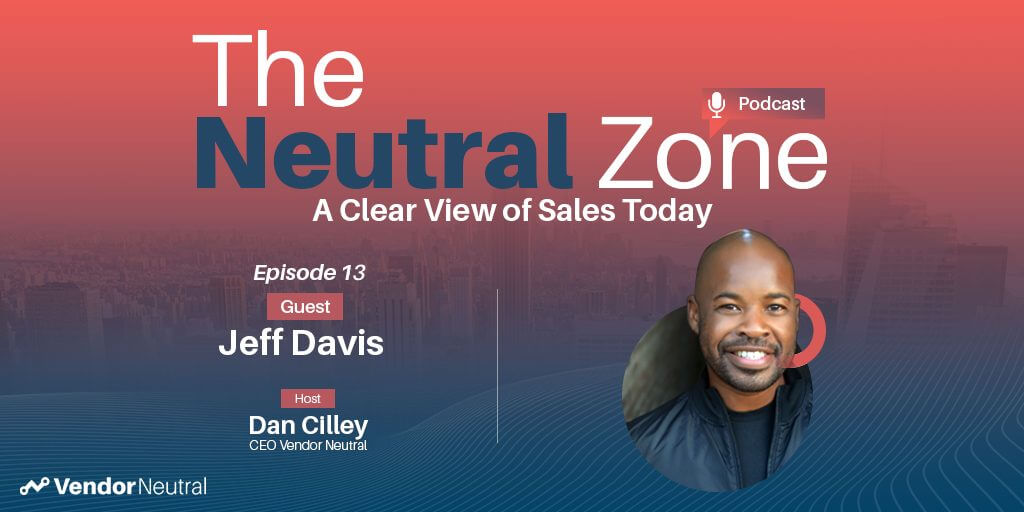 Focus on These 3 Things for Sales Technology AdoptionFocus on These 3 Things for Sales Technology Adoption
Focus on These 3 Things for Sales Technology AdoptionFocus on These 3 Things for Sales Technology Adoption -
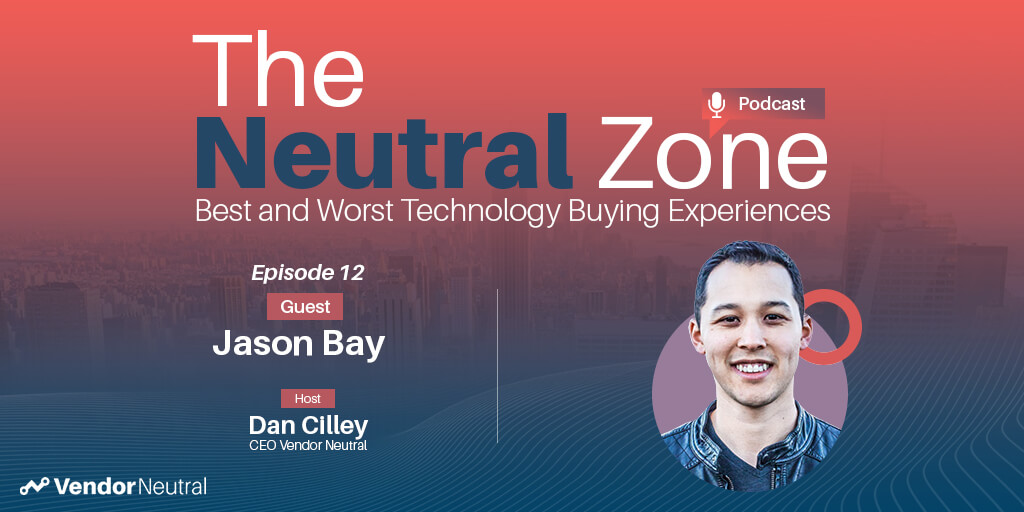 For Sales Technology Buyers A Customer Success Strategy is KeyFor Sales Technology Buyers A Customer Success Strategy is Key
For Sales Technology Buyers A Customer Success Strategy is KeyFor Sales Technology Buyers A Customer Success Strategy is Key -
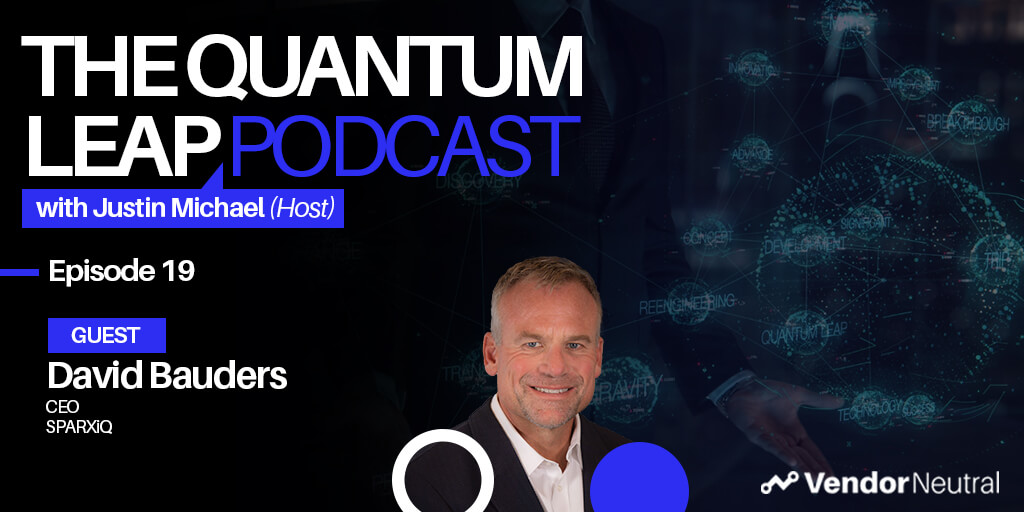 The Future of Sales TrainingThe Future of Sales Training
The Future of Sales TrainingThe Future of Sales Training -
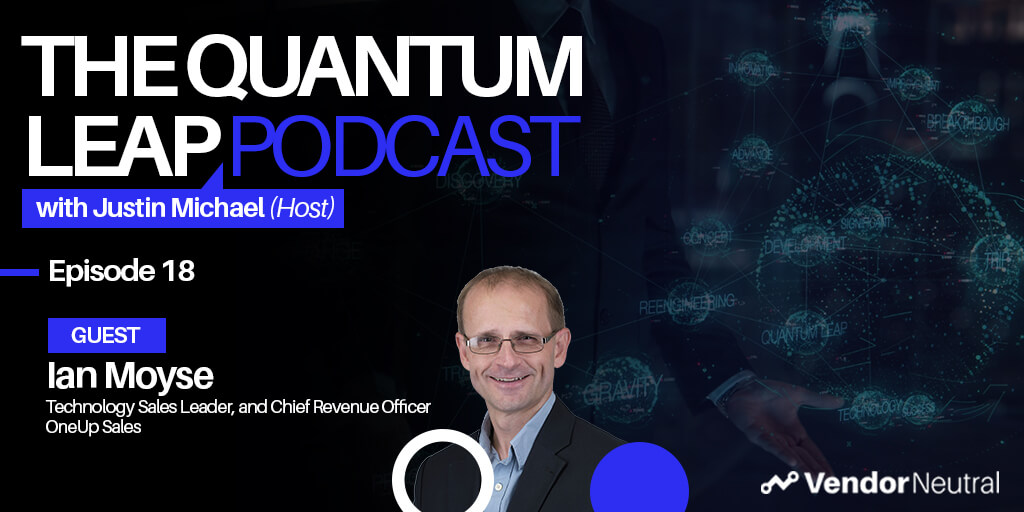 Sales Enablement to Generate Revenue in 2021 and BeyondSales Enablement to Generate Revenue in 2021 and Beyond
Sales Enablement to Generate Revenue in 2021 and BeyondSales Enablement to Generate Revenue in 2021 and Beyond -
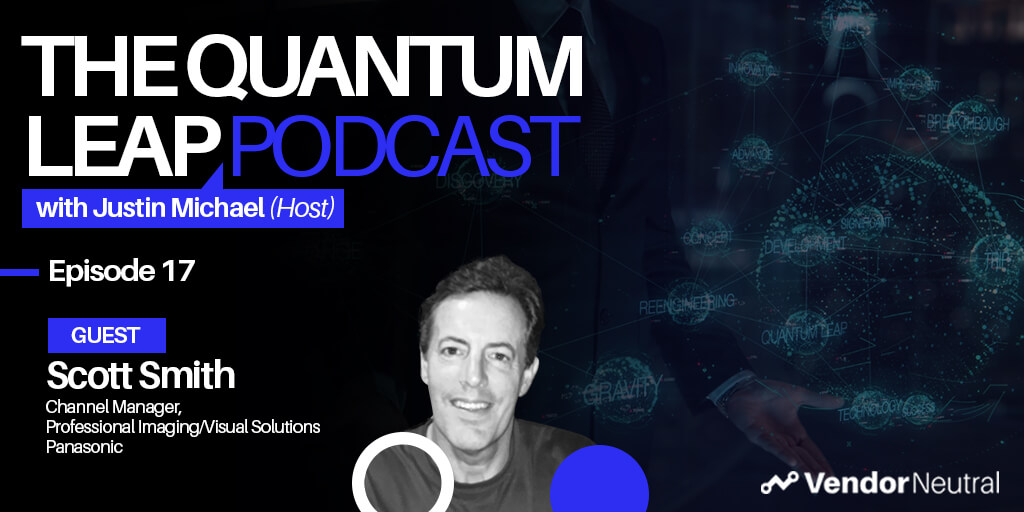 Leveraging Sales Technology in Enterprise Channel Sales | Start by identifying the problems you’re trying to solveLeveraging Sales Technology in Enterprise Channel Sales | Start by identifying the problems you’re trying to solve
Leveraging Sales Technology in Enterprise Channel Sales | Start by identifying the problems you’re trying to solveLeveraging Sales Technology in Enterprise Channel Sales | Start by identifying the problems you’re trying to solve -
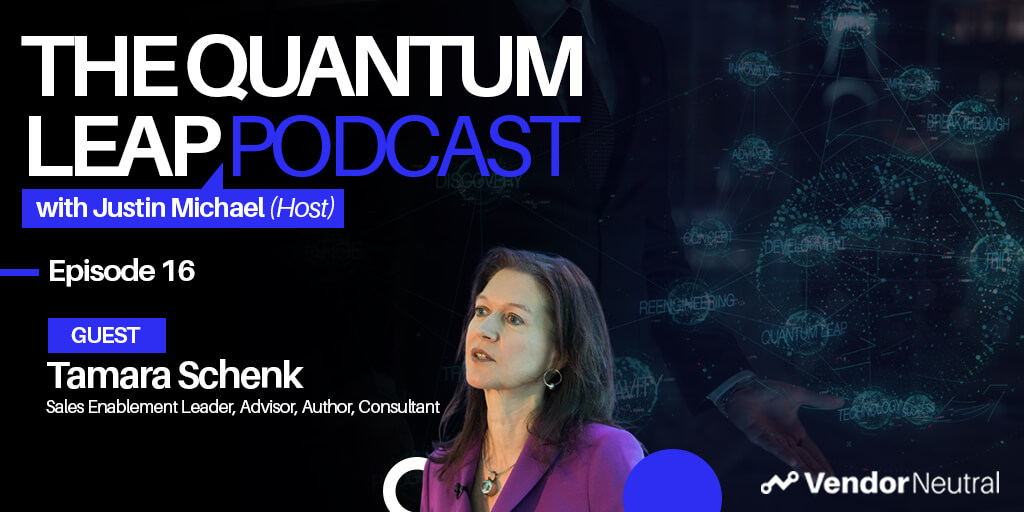 The One Question to Ask Before Sales Technology Implementation to Ensure the Success of Your Enablement InitiativeThe One Question to Ask Before Sales Technology Implementation to Ensure the Success of Your Enablement Initiative
The One Question to Ask Before Sales Technology Implementation to Ensure the Success of Your Enablement InitiativeThe One Question to Ask Before Sales Technology Implementation to Ensure the Success of Your Enablement Initiative -
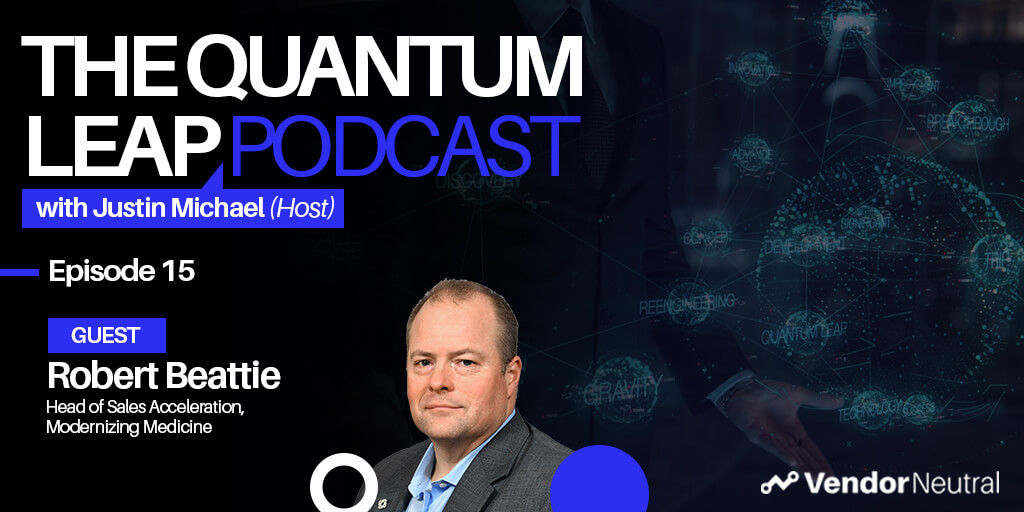 Digitally Enabled Enterprise Sales - Technology & Skills You'll Need in 2025Digitally Enabled Enterprise Sales - Technology & Skills You'll Need in 2025
Digitally Enabled Enterprise Sales - Technology & Skills You'll Need in 2025Digitally Enabled Enterprise Sales - Technology & Skills You'll Need in 2025 -
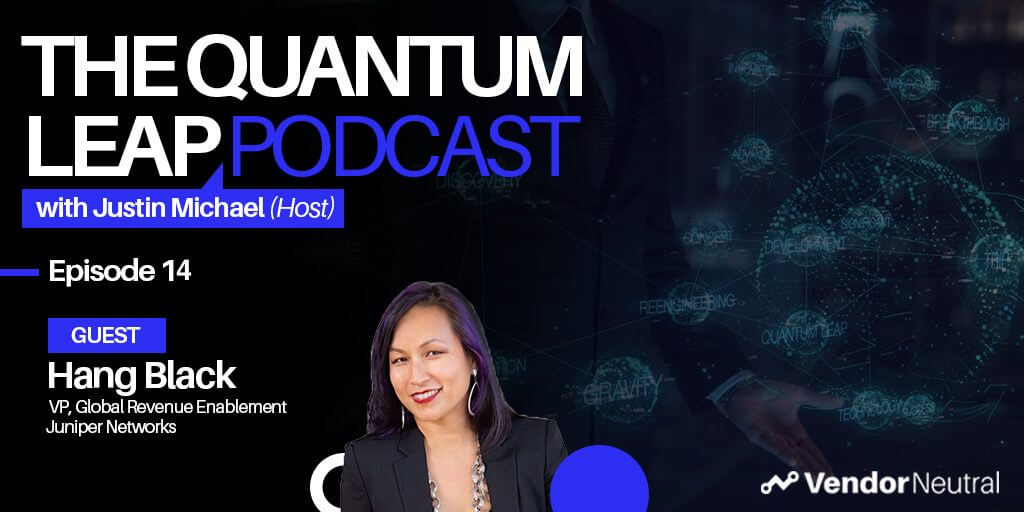 A Look Into The Future of Sales EnablementA Look Into The Future of Sales Enablement
A Look Into The Future of Sales EnablementA Look Into The Future of Sales Enablement -
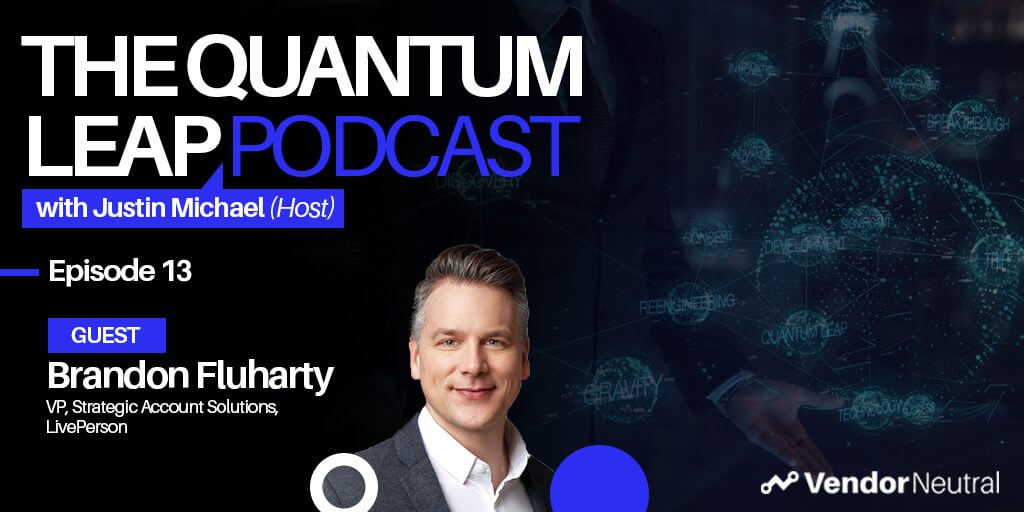 3 Ways Sales Technology will Shape the Future of Strategic Selling & Enterprise Sales3 Ways Sales Technology will Shape the Future of Strategic Selling & Enterprise Sales
3 Ways Sales Technology will Shape the Future of Strategic Selling & Enterprise Sales3 Ways Sales Technology will Shape the Future of Strategic Selling & Enterprise Sales -
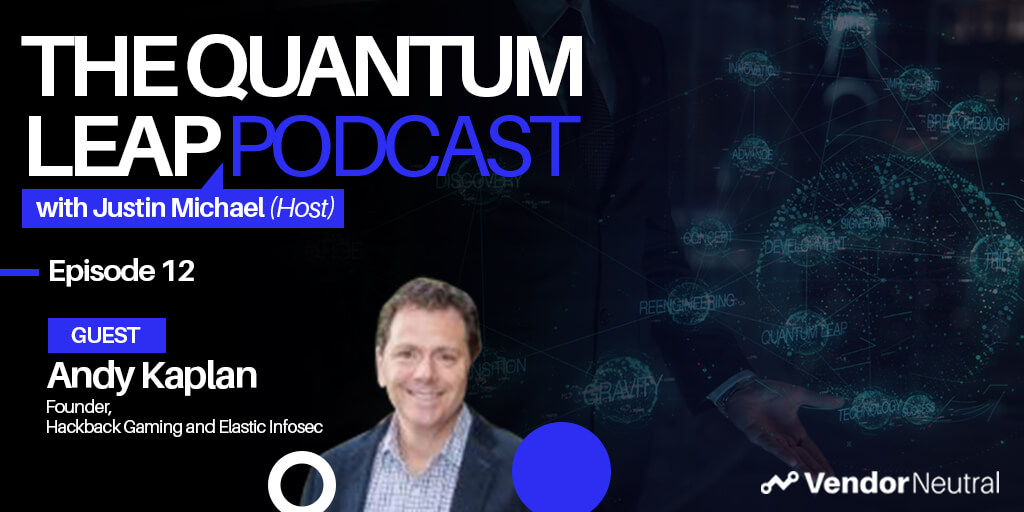 Future of Sales in the EnterpriseFuture of Sales in the Enterprise
Future of Sales in the EnterpriseFuture of Sales in the Enterprise -
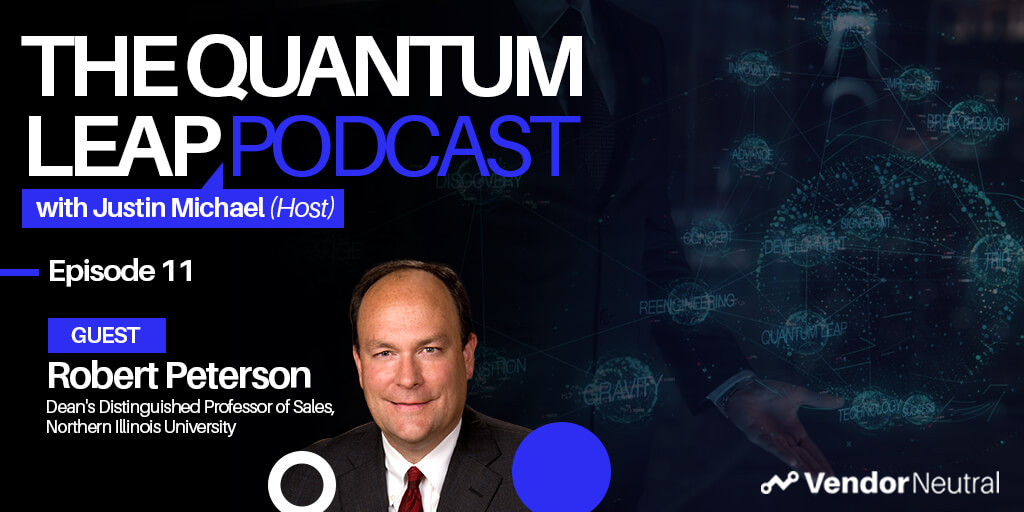 Developing the Revenue Leaders of TomorrowDeveloping the Revenue Leaders of Tomorrow
Developing the Revenue Leaders of TomorrowDeveloping the Revenue Leaders of Tomorrow -
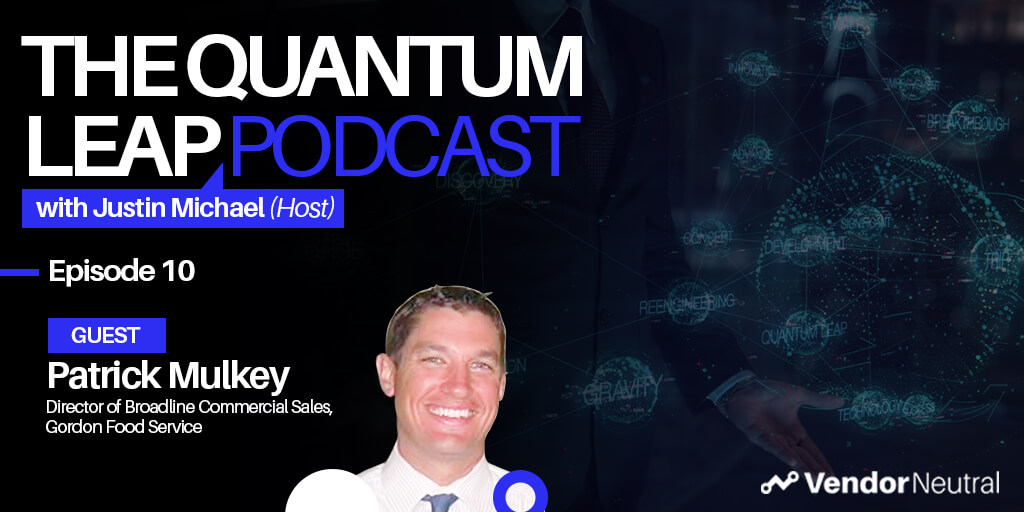 Evaluating and Updating Your Enterprise Sales Technology StackEvaluating and Updating Your Enterprise Sales Technology Stack
Evaluating and Updating Your Enterprise Sales Technology StackEvaluating and Updating Your Enterprise Sales Technology Stack -
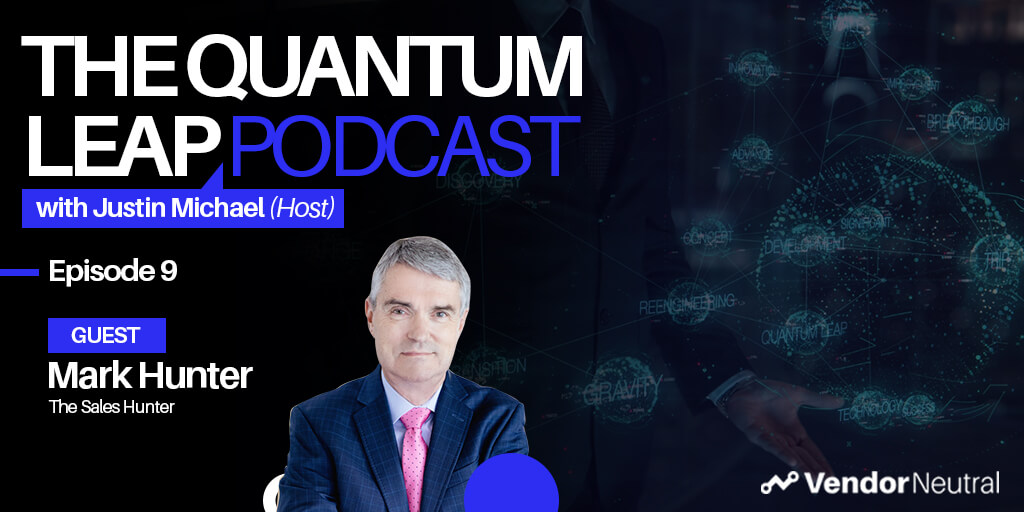 How-to Connect With Enterprise Buyers When Selling From HomeHow-to Connect With Enterprise Buyers When Selling From Home
How-to Connect With Enterprise Buyers When Selling From HomeHow-to Connect With Enterprise Buyers When Selling From Home -
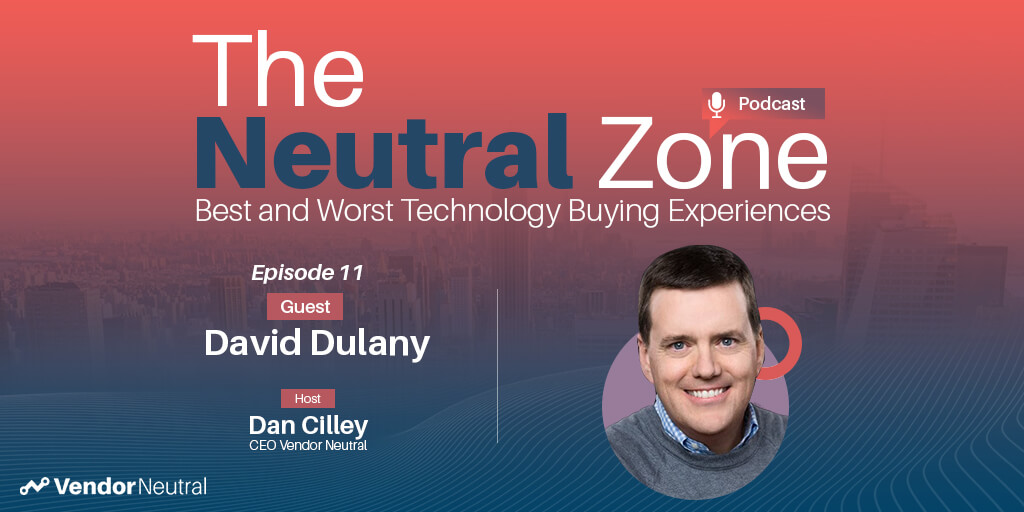 Is the Sales Technology Buying Process Over Engineered?Is the Sales Technology Buying Process Over Engineered?
Is the Sales Technology Buying Process Over Engineered?Is the Sales Technology Buying Process Over Engineered? -
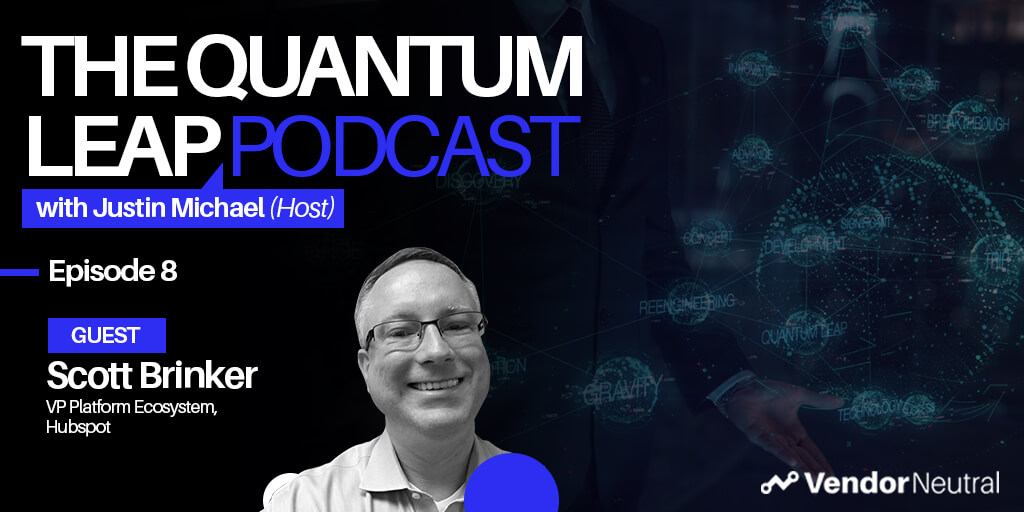 Tangible Ways to Digitally Transform Enterprise OrganizationsTangible Ways to Digitally Transform Enterprise Organizations
Tangible Ways to Digitally Transform Enterprise OrganizationsTangible Ways to Digitally Transform Enterprise Organizations -
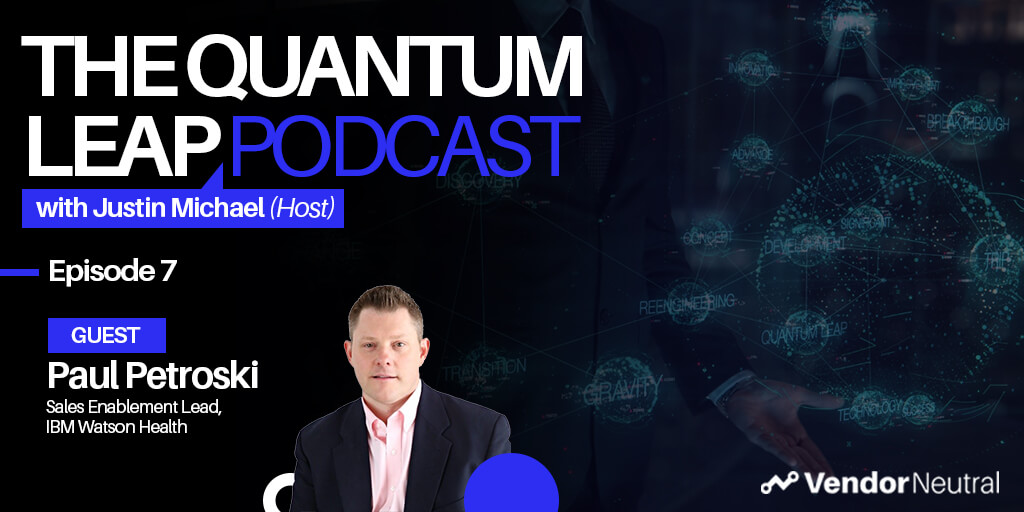 Quantum Leap Podcast Episode 7Quantum Leap Podcast Episode 7
Quantum Leap Podcast Episode 7Quantum Leap Podcast Episode 7 -
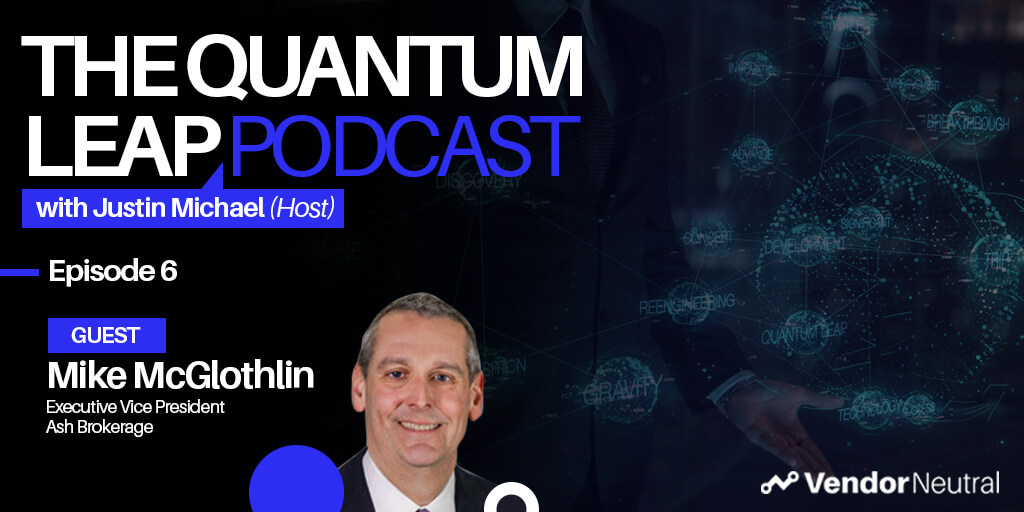 How Sales Technology is Making an Impact in the Financial SpaceHow Sales Technology is Making an Impact in the Financial Space
How Sales Technology is Making an Impact in the Financial SpaceHow Sales Technology is Making an Impact in the Financial Space -
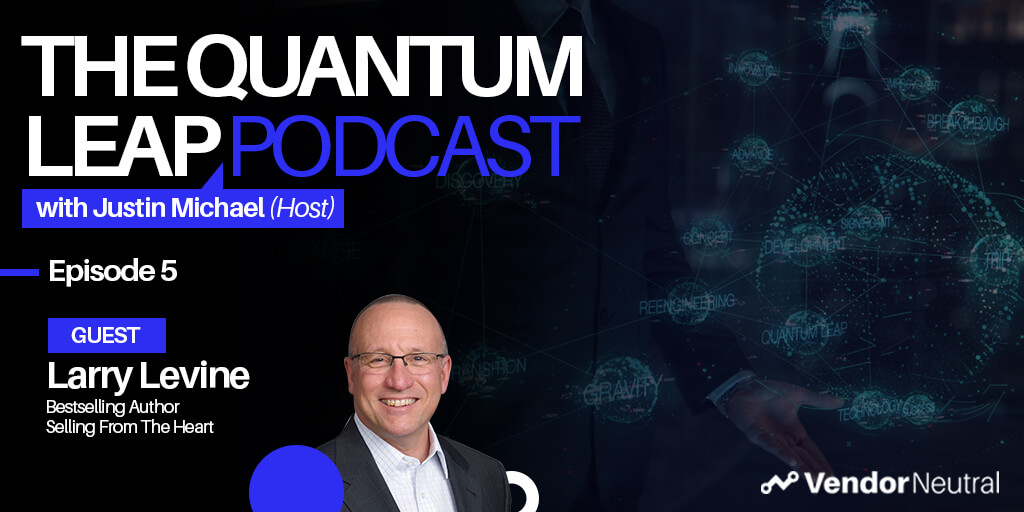 Quantum Leap Podcast Episode 5Quantum Leap Podcast Episode 5
Quantum Leap Podcast Episode 5Quantum Leap Podcast Episode 5 -
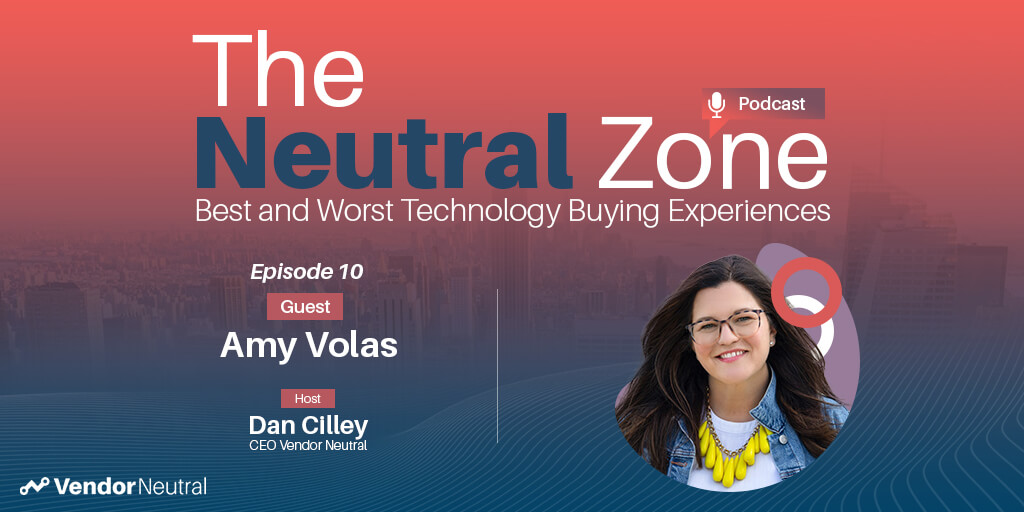 Clear View of Sales Episode 10 with Amy VolasClear View of Sales Episode 10 with Amy Volas
Clear View of Sales Episode 10 with Amy VolasClear View of Sales Episode 10 with Amy Volas -
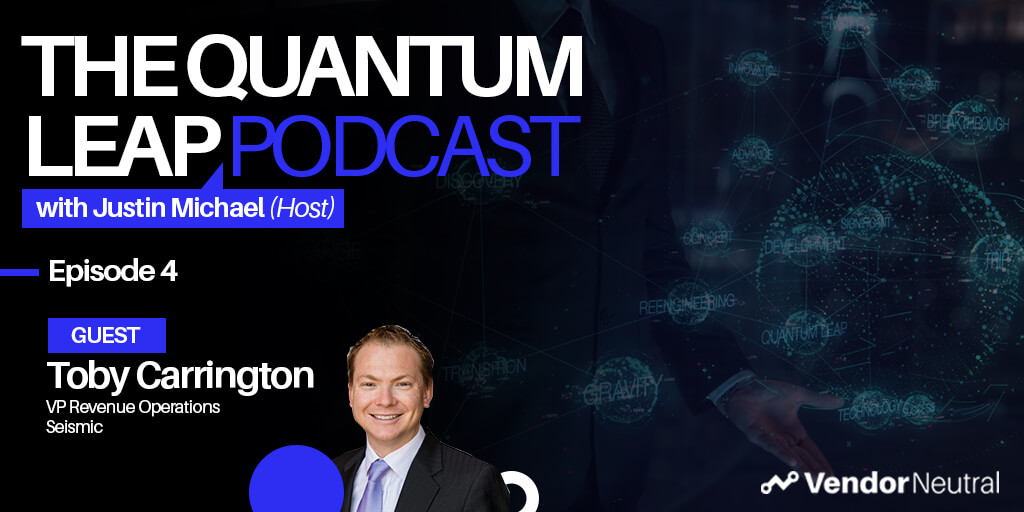 Quantum Leap Podcast Episode 4: Transforming Your Enterprise TechStack, The Future is Bright!Quantum Leap Podcast Episode 4: Transforming Your Enterprise TechStack, The Future is Bright!
Quantum Leap Podcast Episode 4: Transforming Your Enterprise TechStack, The Future is Bright!Quantum Leap Podcast Episode 4: Transforming Your Enterprise TechStack, The Future is Bright! -
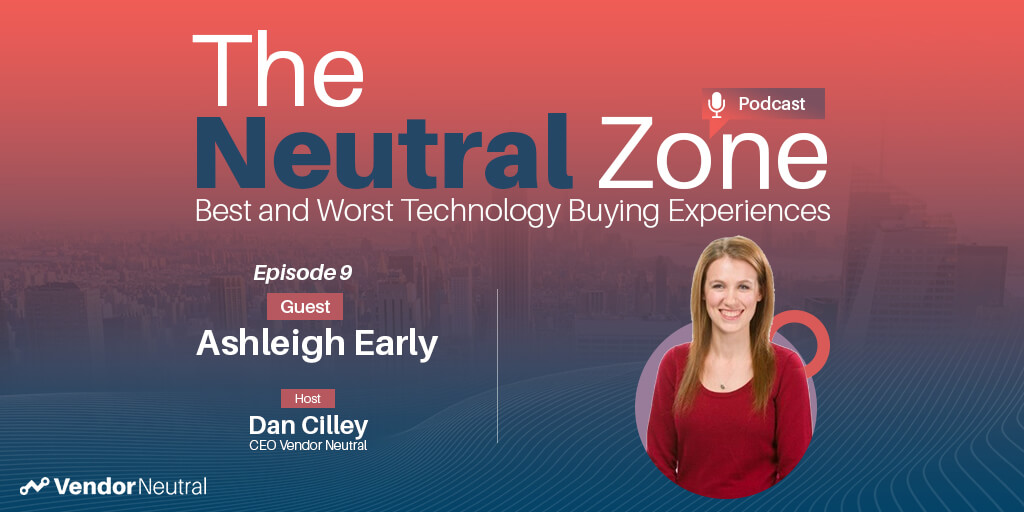 Clear View of Sales with Ashleigh Early:Clear View of Sales with Ashleigh Early:
Clear View of Sales with Ashleigh Early:Clear View of Sales with Ashleigh Early: -
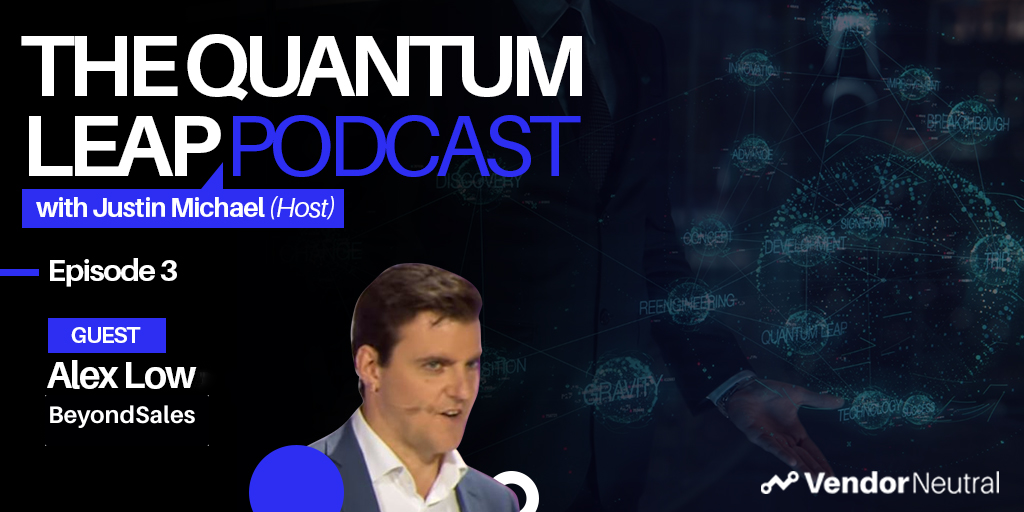 Quantum Leap Episode 3: Unlock the Mystery of Enterprise TransformationQuantum Leap Episode 3: Unlock the Mystery of Enterprise Transformation
Quantum Leap Episode 3: Unlock the Mystery of Enterprise TransformationQuantum Leap Episode 3: Unlock the Mystery of Enterprise Transformation -
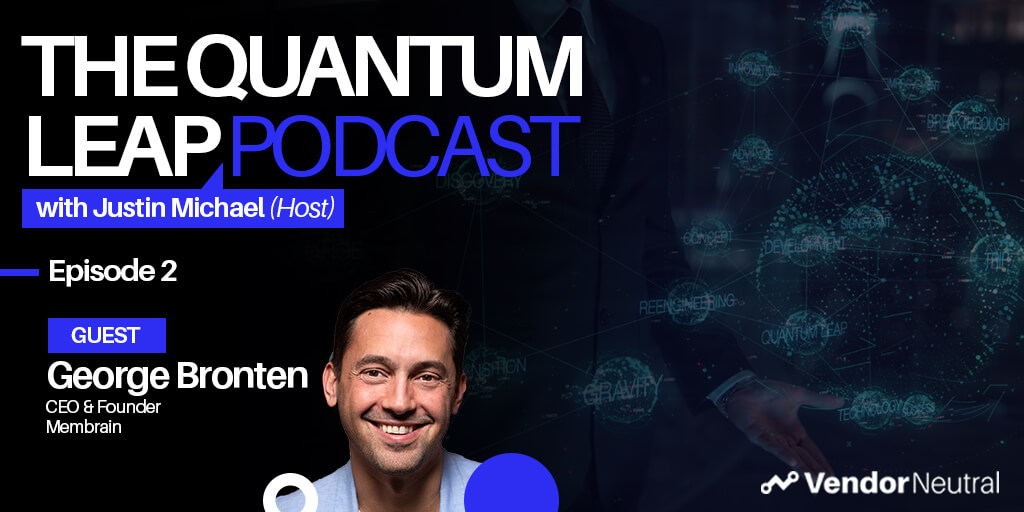 Quantum Leap Podcast Episode 2Quantum Leap Podcast Episode 2
Quantum Leap Podcast Episode 2Quantum Leap Podcast Episode 2 -
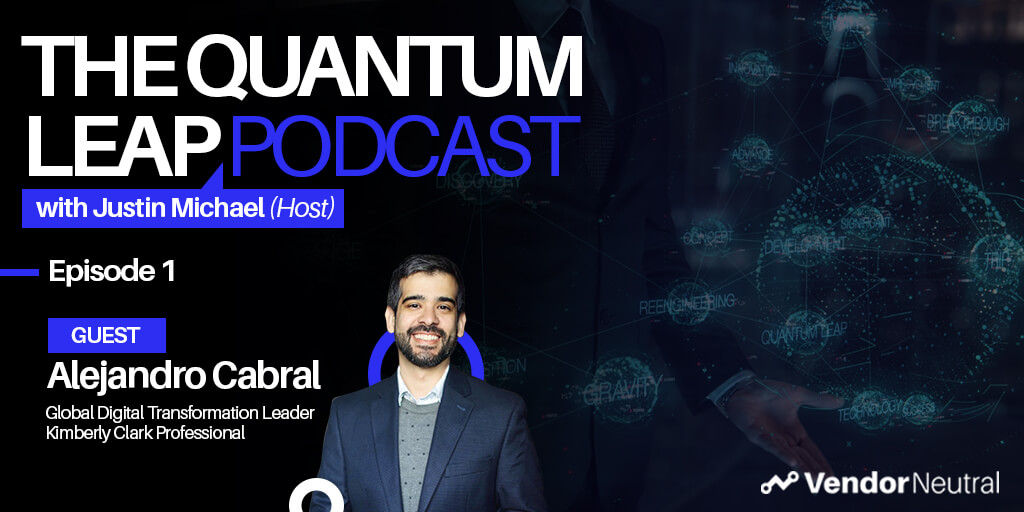 Quantum Leap Podcast Episode 1Quantum Leap Podcast Episode 1
Quantum Leap Podcast Episode 1Quantum Leap Podcast Episode 1 -
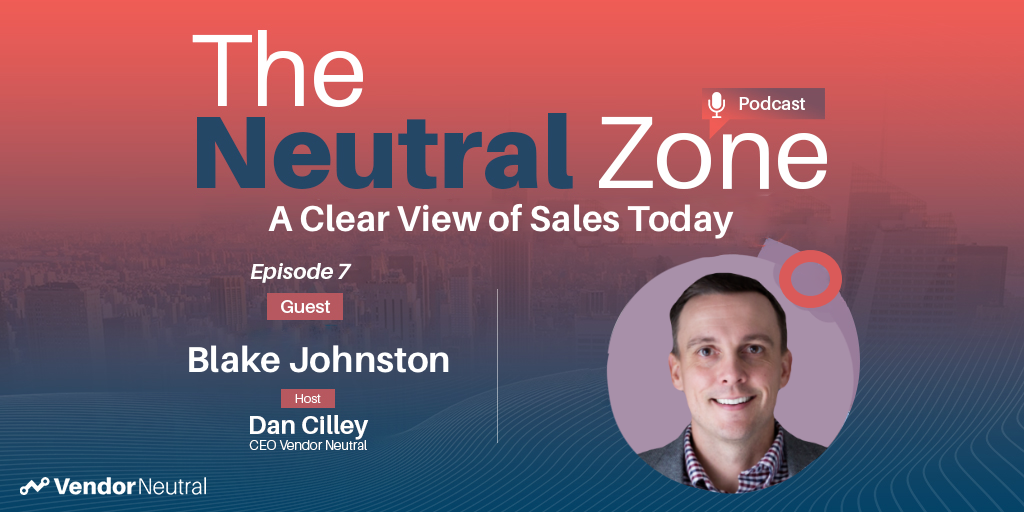 The Best & Worst B2B Technology Buying Experiences With Blake JohnstonThe Best & Worst B2B Technology Buying Experiences With Blake Johnston
The Best & Worst B2B Technology Buying Experiences With Blake JohnstonThe Best & Worst B2B Technology Buying Experiences With Blake Johnston -
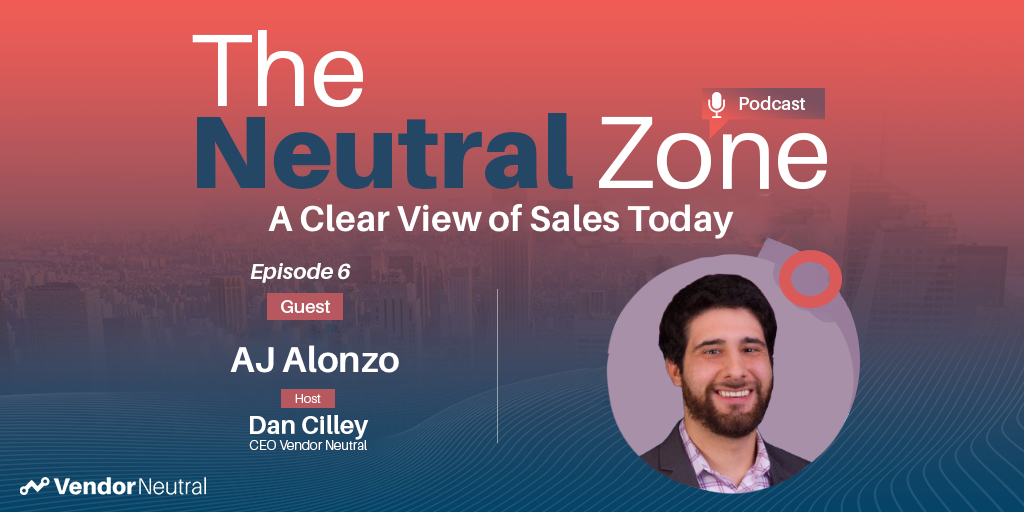 The Best & Worst B2B Technology Buying Experiences With AJ AlonzoThe Best & Worst B2B Technology Buying Experiences With AJ Alonzo
The Best & Worst B2B Technology Buying Experiences With AJ AlonzoThe Best & Worst B2B Technology Buying Experiences With AJ Alonzo -
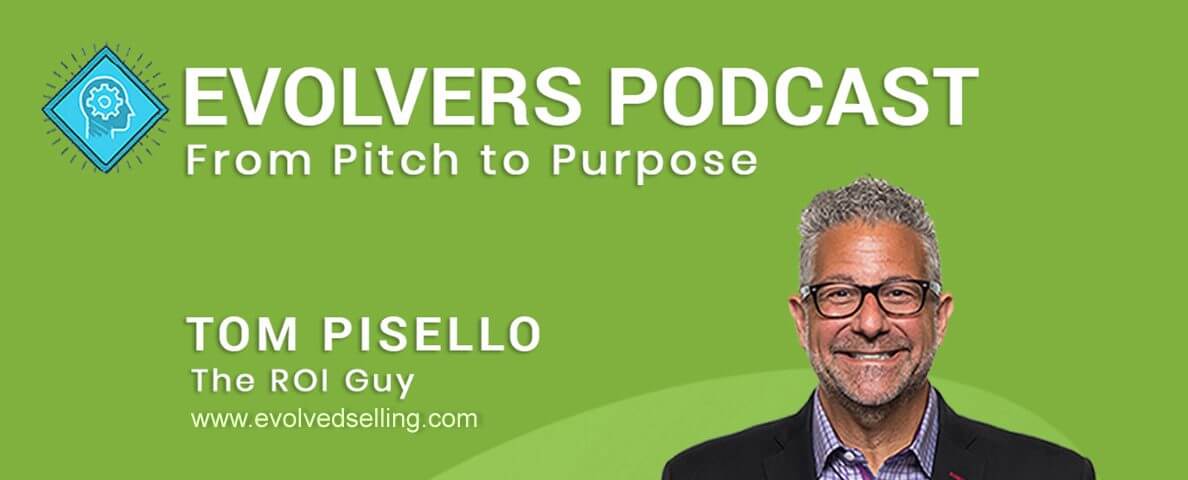 Evolvers Podcast: The Democratization of Sales Enablement? With Dan CilleyEvolvers Podcast: The Democratization of Sales Enablement? With Dan Cilley
Evolvers Podcast: The Democratization of Sales Enablement? With Dan CilleyEvolvers Podcast: The Democratization of Sales Enablement? With Dan Cilley -
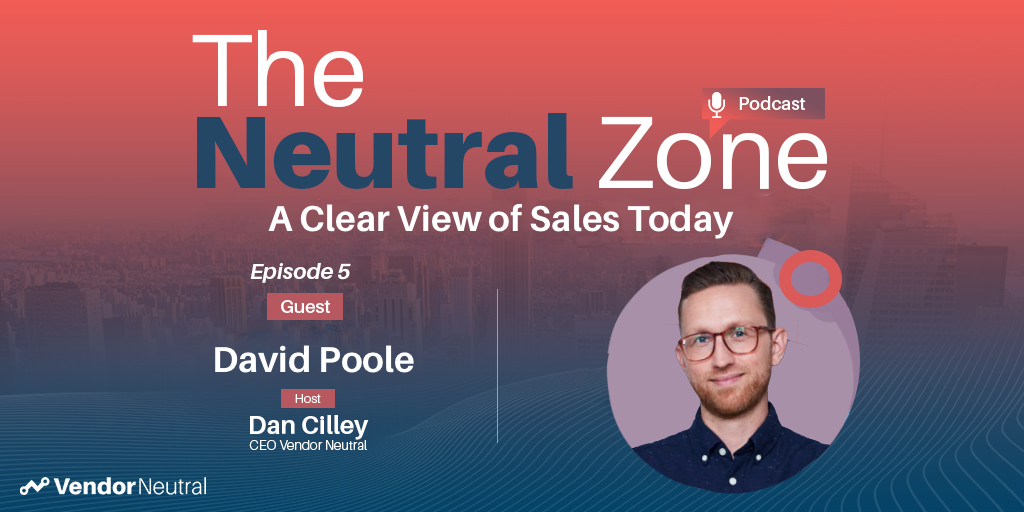 The Best & Worst B2B Technology Buying Experiences With David PooleThe Best & Worst B2B Technology Buying Experiences With David Poole
The Best & Worst B2B Technology Buying Experiences With David PooleThe Best & Worst B2B Technology Buying Experiences With David Poole -
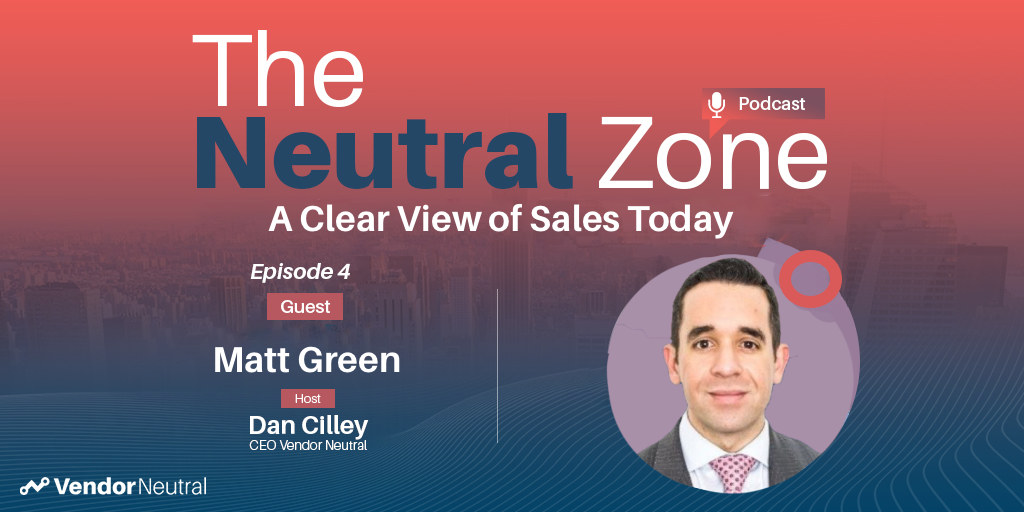 The Best & Worst B2B Technology Buying Experiences With Matt GreenThe Best & Worst B2B Technology Buying Experiences With Matt Green
The Best & Worst B2B Technology Buying Experiences With Matt GreenThe Best & Worst B2B Technology Buying Experiences With Matt Green -
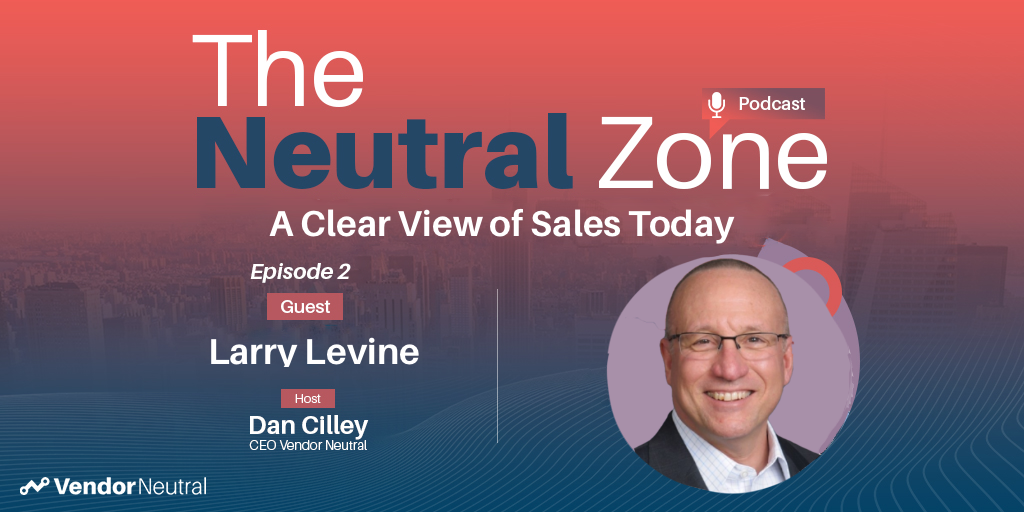 The Best & Worst B2B Technology Buying Experiences with Larry LevineThe Best & Worst B2B Technology Buying Experiences with Larry Levine
The Best & Worst B2B Technology Buying Experiences with Larry LevineThe Best & Worst B2B Technology Buying Experiences with Larry Levine -
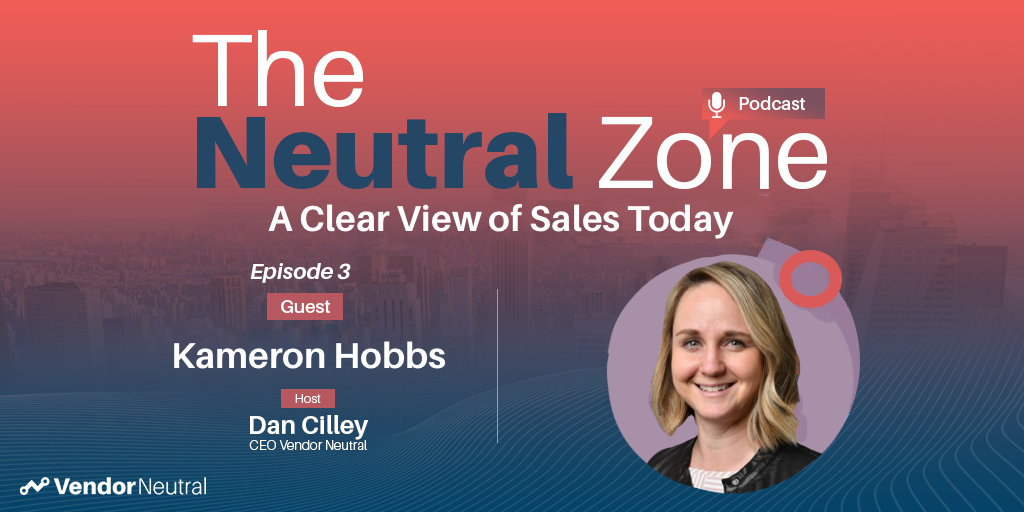 The Best & Worst B2B Technology Buying Experiences with Kameron HobbsThe Best & Worst B2B Technology Buying Experiences with Kameron HobbsVideo
The Best & Worst B2B Technology Buying Experiences with Kameron HobbsThe Best & Worst B2B Technology Buying Experiences with Kameron HobbsVideo -
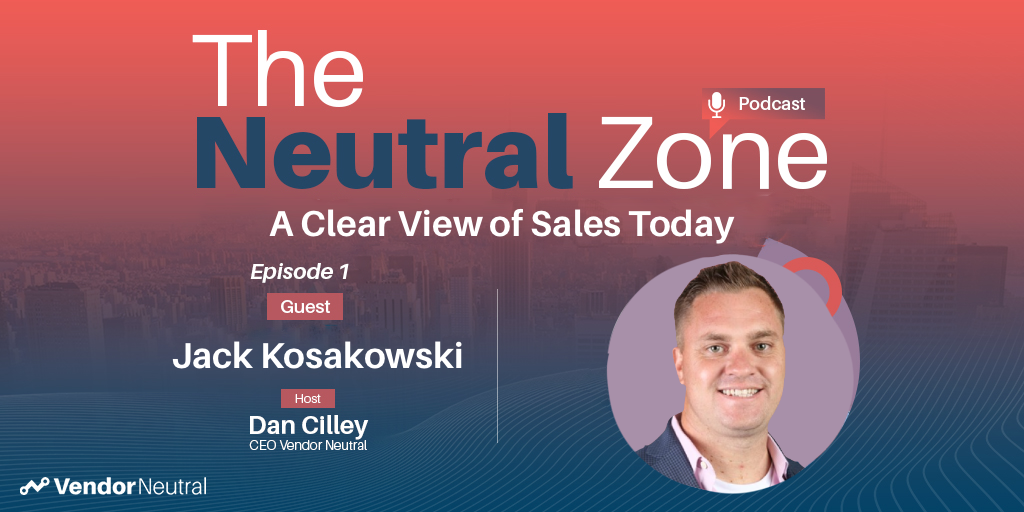 The Best & Worst B2B Technology Buying Experiences with Jack KosakowsiThe Best & Worst B2B Technology Buying Experiences with Jack KosakowsiPodcast
The Best & Worst B2B Technology Buying Experiences with Jack KosakowsiThe Best & Worst B2B Technology Buying Experiences with Jack KosakowsiPodcast
